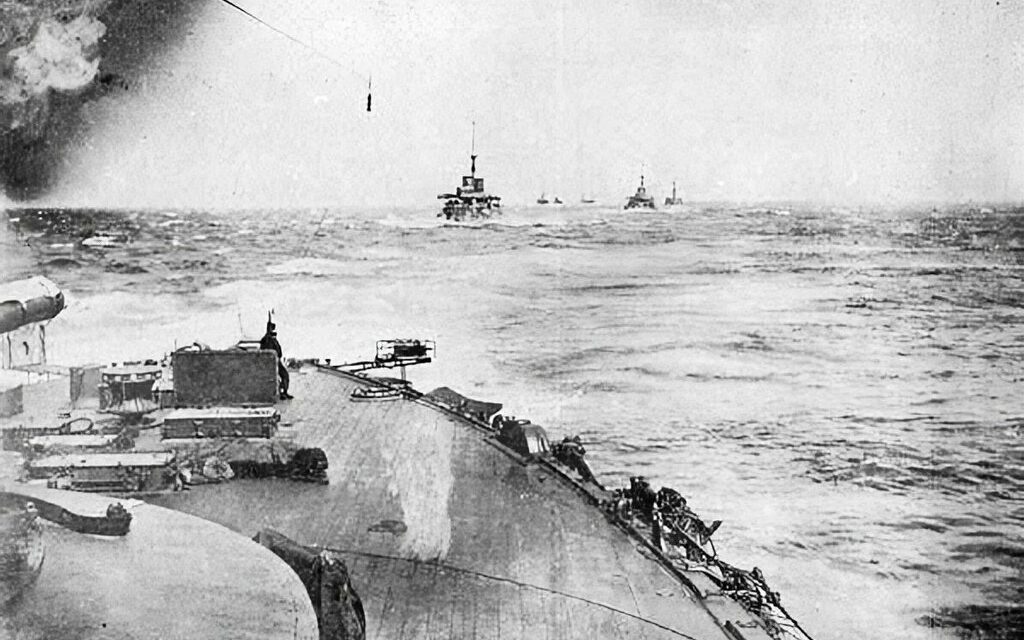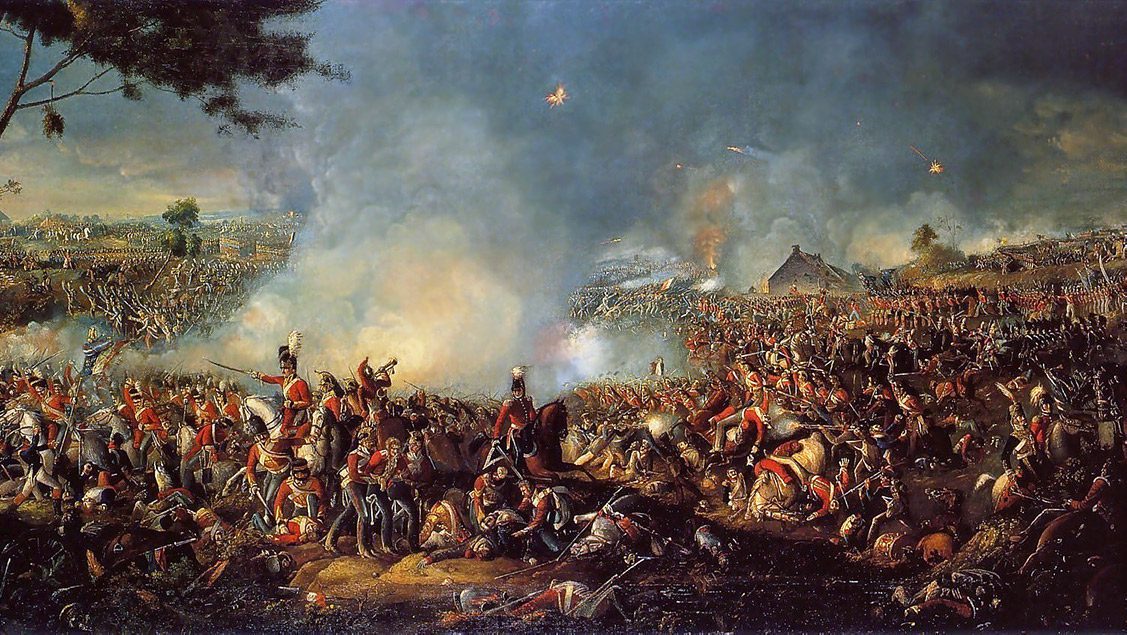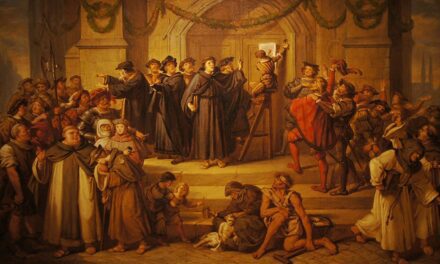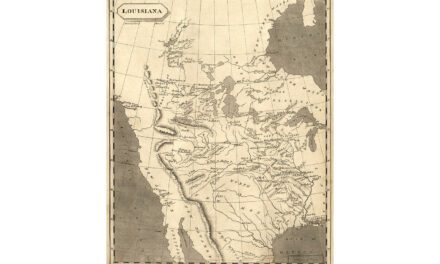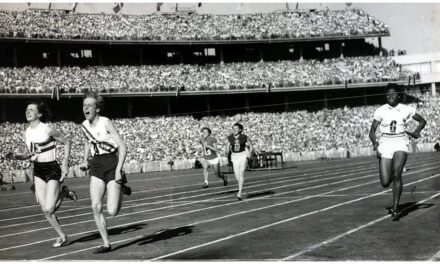History Guild General History Quiz 80
See how your history knowledge stacks up!
Want to know more about any of the questions? Once you’ve finished the quiz click here to learn more.
Have an idea for a question? Suggest it here and we’ll include it in a future quiz!
The stories behind the questions
1. The battle of Tsushima involved which two countries fighting against each other?
Japan and Russia – The battle of Tsushima saw a Japanese fleet decisively defeat the Russian Baltic Fleet, which had sailed 33,000 km to reinforce the Russian territories in Asia. The Russo-Japanese War resulted in one of Russia’s greatest military upsets, and one of Japan’s most significant military victories.
2. In the 12th century Melisande was the powerful Queen regnant of which medieval polity?
Jerusalem – Read more about Melisande, Queen of Jerusalem.
3. Who wrote The Gulag Archipelago?
Aleksandr Solzhenitsyn – Published in 1973, Solzhenitsyn draws upon his own experiences in the Soviet labour camp system, as well as interviews, statements and legal documents to construct his griping picture of the experience in a gulag. The narrative follows the typical course of a ‘zek’ or prisoner.
4. Who was the first US president to leave the USA while in office?
Woodrow Wilson – He travelled to Europe in 1919 to take part in the Paris Peace Conference at the end of WW1. He was instrumental in the creation of the League of Nations, the forerunner to the UN. The League was ultimately unsuccessful in it’s aim of preventing future wars, in no small part because the USA refused to join.
5. In what year did General Augusto Pinochet overthrow the elected government of Chilean President Salvador Allende?
1973 – Read more about the part played by the Australian Secret Intelligence Service played in assisting the CIA in orchestrating this coup.
6. In 1966 the catastrophic collapse of a colliery spoil tip killed 144 people. Where did it occur?
Aberfan, Wales – A coal spoil tip on a mountain slope above the Welsh town of Aberfan had been created over a natural waterway. Heavy rain saturated the tip, turning it into a slurry. It suddenly slid downhill, killing 116 children and 28 adults as it engulfed Pantglas Junior School and surrounding houses.
7. When did the world last experience significant negative population growth?
1350 – World population steadily increased in the period leading up to 1350. Over the period 1346 to 1353 the Black death bubonic plague pandemic lead to the deaths of somewhere between 75 million and 200 million people. The population of Europe, which was particularly hard hit, took 150 years to recover to pre-plauge levels.
8. What weapon are these soldiers using?
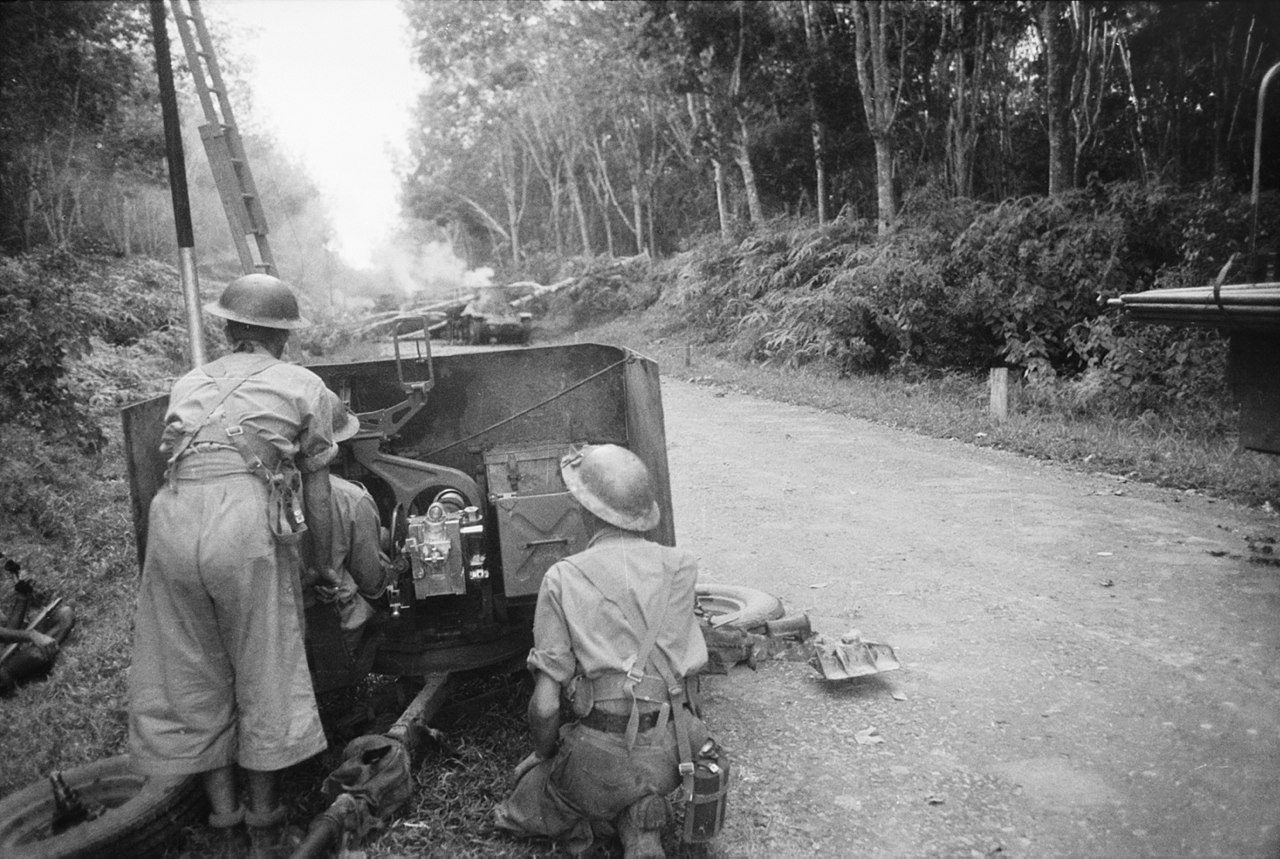
2-pounder anti tank gun – The main anti tank gun of British and Commonwealth forces in the first years of WW2. The Australian crew of this gun have just knocked out a Japanese tank near Bakri, Malaya in December 1941. Read more about this campaign here.
9. Which leader said “We must take a shovel and dig a deep grave, and bury colonialism as deep as we can” ?
Nikita Khrushchev – Speaking in the UN general assembly, Krushchev was lecturing western politicians on the lessons of the 1956 Suez crisis.
10. Who was the first person to win two Nobel Prizes?
Marie Curie – She won the Nobel Prize in Physics in 1903, followed by the Nobel Prize in Chemistry in 1911. Her daughter, Irène Joliot-Curie, won the Nobel Prize in Chemistry in 1935, making the two the only mother-daughter pair to have won Nobel Prizes.

